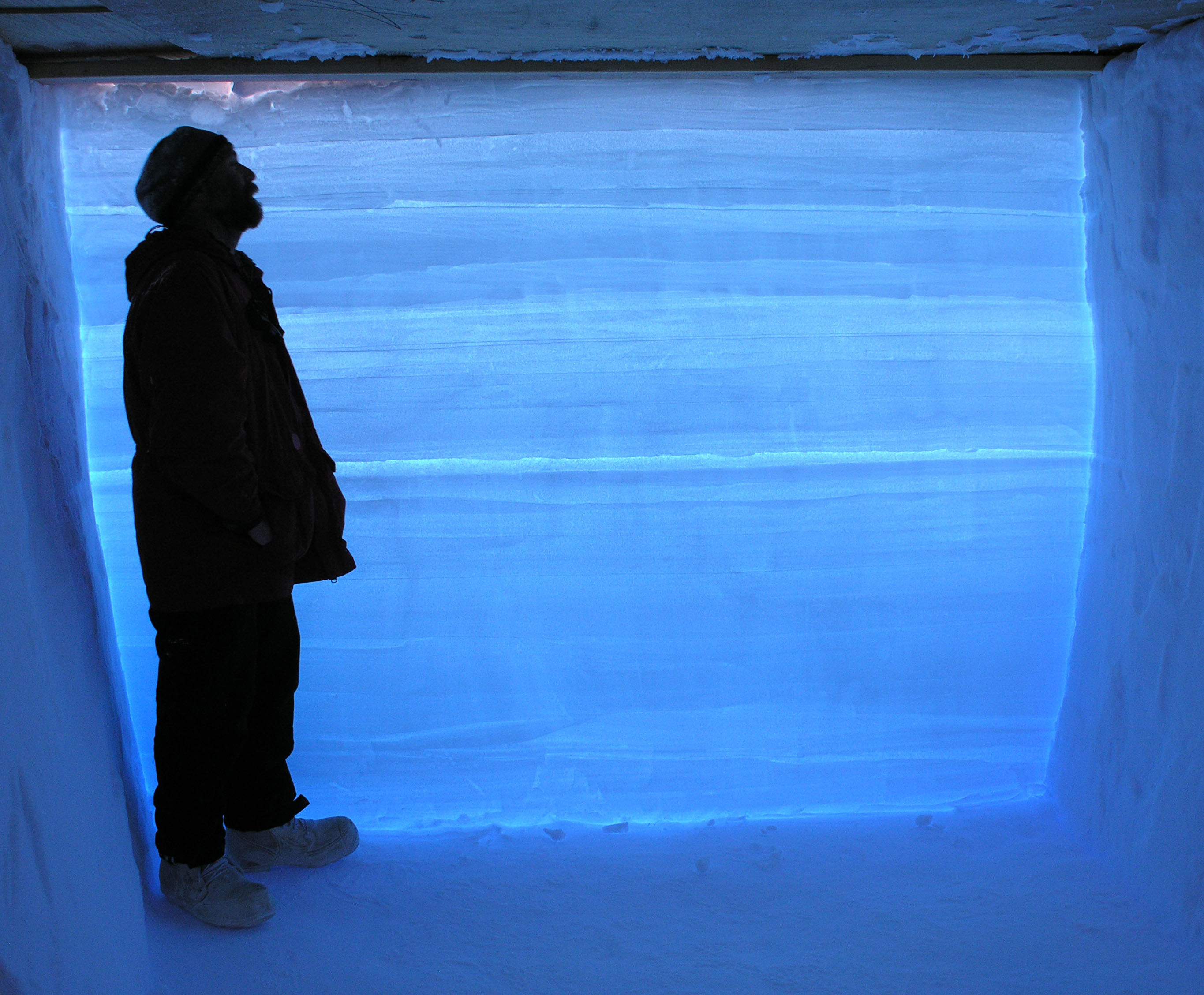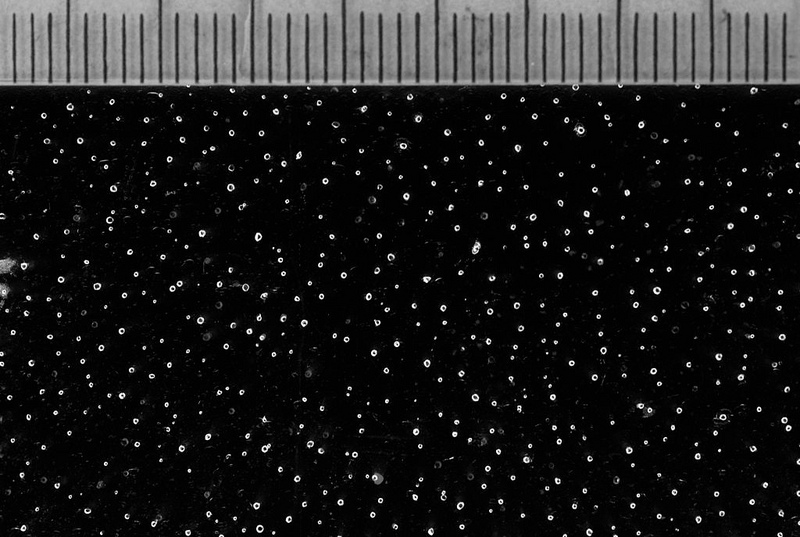West Antarctica Warmed Quickly ... 20,000 Years Ago

The modern meltdown of the Antarctic Ice Sheet mirrors the frozen continent's big thaw after the last ice age ended 20,000 years ago, a new study finds.
New ice core records from West Antarctica show the huge ice sheet started heating up about 20,000 to 22,000 years ago, 2,000 to 4,000 years earlier than previously thought. But in East Antarctica, which was higher in elevation, colder and drier than the West, the continent stayed in its deep-freeze cycle until 18,000 years ago. The results were published today (Aug. 14) in the journal Nature.
The mismatch between West and East is similar to today's Antarctica. Modern West Antarctica is one of the fastest-warming places on the planet. The middle of West Antarctica has warmed by 4.4 degrees Fahrenheit (2.4 degrees Celsius) since 1958, three times as fast as the overall rate of global warming. But relatively little warming — half a degree or less — has been measured in East Antarctica. [In Photos: Stunning Photos of Antarctic Ice]
Looking at how Antarctica melted in response to past climate change can help researchers better predict the ice sheet's future behavior, said lead study author T.J. Fudge, a doctoral student at the University of Washington. "This most recent deglacial warming is the spot in time we can look at to really understand how our climate goes through big changes," Fudge told LiveScience.
The study is based on an ice core more than 2 miles (3,405 meters) long, covering 68,000 years, the longest U.S. ice core ever drilled. The five-year effort to retrieve the core ended in December 2011. Scientists are only halfway through the ice, having analyzed 30,000 years’ worth of annual layers, according to a statement from the University of Washington.
The authors — a consortium of 42 researchers signed off on the study — suggest that 20,000 years ago, warming in the Southern Ocean melted sea ice around Antarctica. The missing ice meant more storms traveled inland, boosting West Antarctica's warming.
"West Antarctica is influenced by the ocean much more than the ice up high in East Antarctica, so you are able to see this [warming] happening before you notice it in East Antarctica," Fudge said. "We're seeing something similar in the modern climate, where West Antarctica seems to be changing more quickly."
Get the world’s most fascinating discoveries delivered straight to your inbox.
The findings also resolve a long-standing problem: The timing of polar melting when the ice age ended. Based on earlier ice core records, mainly from East Antarctica, researchers had thought Antarctica warmed up 18,000 years ago, about 2,000 years after the Northern Hemisphere had warmed. Climate modelers sought to explain the delay through shutdowns in ocean currents (which help carry heat across the globe), among other factors.
Now, the warming in West Antarctica matches the onset of warming in the Northern Hemisphere, also pegged at 20,000 years ago.
Email Becky Oskin or follow her @beckyoskin. Follow us @livescience, Facebook & Google+. Original article on LiveScience.




